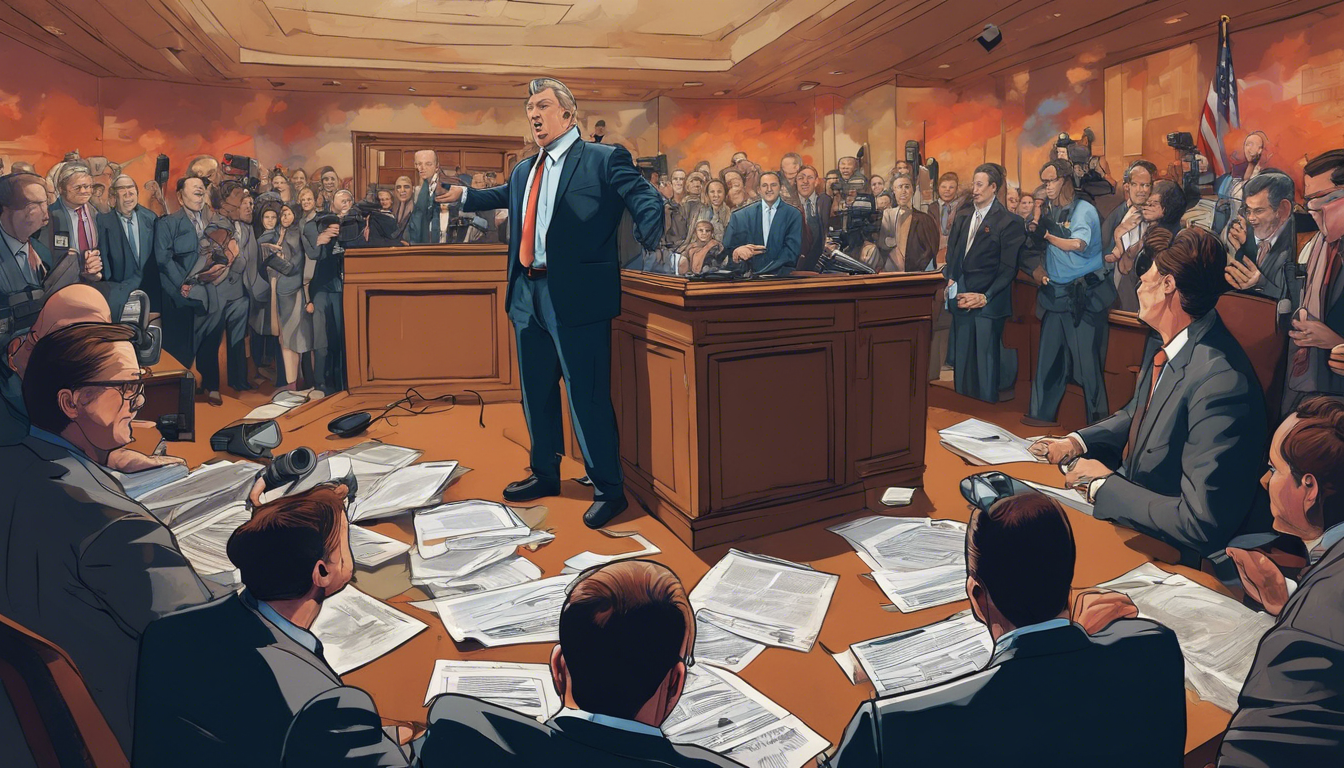The intersection of politics and media has always been a contentious arena, but the Trump administration has taken this dynamic to a new level through aggressive legal threats aimed at reshaping unfavorable media narratives.
As the landscape of American journalism evolves, the administration’s tactics—including defamation lawsuits and intimidation strategies—are leaving a significant imprint on how news organizations report on political figures, particularly within Trump’s orbit.
This article will explore the implications of these tactics on media coverage, the challenges of defamation for public figures, and the broader context of censorship that is emerging in today’s political climate.
Key Takeaways
- The Trump administration uses legal threats to shape media narratives.
- Defamation suits against the media are a tactic to intimidate and silence criticism.
- Winning defamation cases is difficult for public figures, but Trump aims to change the legal standard.
The Legal Landscape: Defamation and Media Coverage
In the ever-evolving legal landscape surrounding media coverage, the Trump administration has employed a controversial strategy aimed at counteracting negative press through threats of defamation lawsuits.
Following the election, there has been a notable uptick in legal intimidation directed towards news organizations that publish critical reports about Trump and his nominees for pivotal government positions, including key roles in the Pentagon and the FBI.
These legal threats manifest in various forms, from overt communications with major networks like CNN to direct phone calls, letters, and emails designed to instill fear among journalists.
Beyond conventional defamation suits, Trump and his associates have explored aggressive tactics such as subpoenaing news organizations, prosecuting journalists along with their sources, revoking broadcast licenses, and slashing funding for public broadcasting services.
It’s worth noting that defamation claims possess a unique complexity, especially for public figures who must meet the stringent burden of proving that the publisher acted with actual malice, a legal threshold that Trump and his followers are reportedly seeking to undermine.
Given these dynamics, consumers of news should remain vigilant about the implications these actions have on journalistic integrity and freedom of the press.
Strategies of Intimidation: A New Age of Censorship
In light of these developments, many consumers of news are left questioning the integrity of the information they receive and the future of press freedom.
The legal threats poised by the Trump administration not only create an environment of fear but also potentially deter journalists from pursuing stories that might be critical of public figures, thereby stifling essential discourse.
As media organizations navigate this challenging landscape, consumers must be aware of the implications of such intimidation tactics.
Remaining informed is crucial; seeking diverse sources of information and understanding the broader context of media narratives can empower individuals to discern bias or undue influence.
Furthermore, supporting journalism that prioritizes integrity, fact-checking, and accountability becomes essential in preserving a democratic society where free speech and the right to criticize those in power are valued.











